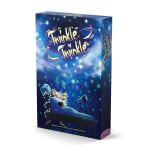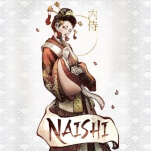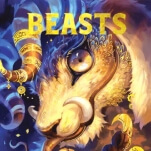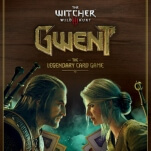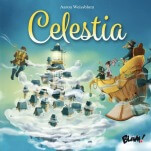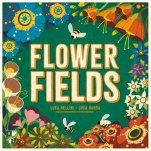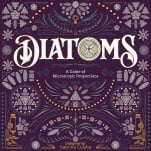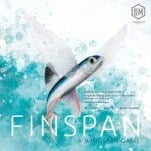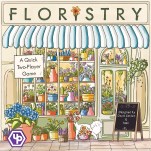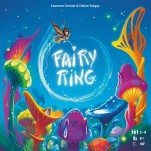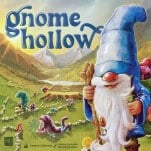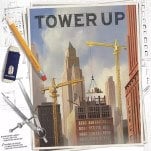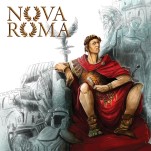Go Apiary with the Polymino Gardening Game Flower Fields
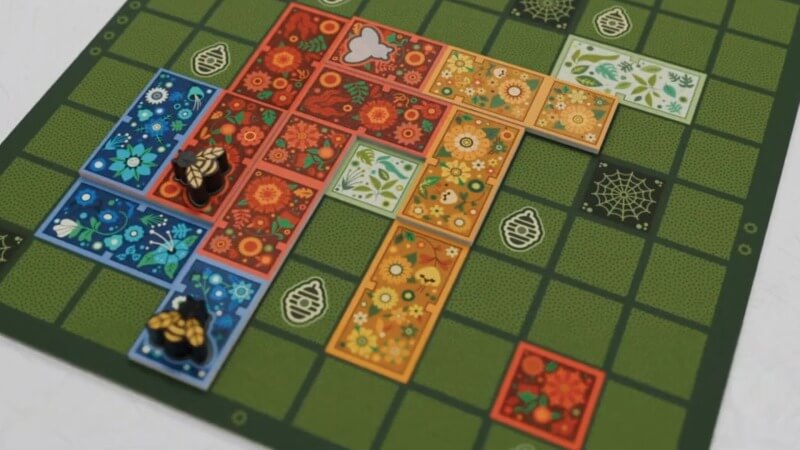
The light polyomino-placement game Flower Fields comes from two Italian designers named Luca who appear to mostly work on silly kids’ games, with this the first game either of them has designed that has a game weight rating over 2 (out of 5) on Boardgamegeek. It’s a bit similar to Patchwork, but different enough to stand on its own—especially since it plays up to four people—and to be worth getting if you enjoy that two-player classic.
In Flower Fields, each player gets a board with a 9×9 grid that has some polyomino tiles pre-printed on it in four colors, along with some hive spaces and spider spaces. They also start with five bees apiece. To start a round, the players set up a ring of polyomino tiles (that cover three to five spaces) on the table around a little central board that has spaces for four randomly chosen two-space polyomino tiles along with two bees. There’s a sun token in the ring indicating where it starts, and the player whose turn it is may take the first tile after the sun for free, or place one bee on any skipped tile to take one further down the line. The player then places that tile on their board adjacent to any previously placed tile (or the bottom edge, if it’s the first one). A player may instead take one of the smaller tiles from the center, paying two bees to do so, or simply take two bees from the supply. You may place a tile anywhere on your board, even if it covers something up.
If the tile you place has an empty bee space on it, you may place a bee from your stash on that tile as long as you can pay the cost: You pay one bee back into the supply for every bee already in the same colored area as the bee you’re trying to place. Thus the first bee you place in any colored area is free, the second one requires paying one, and so on. You can skip this action, but it’s punitive to do so when the scoring comes.
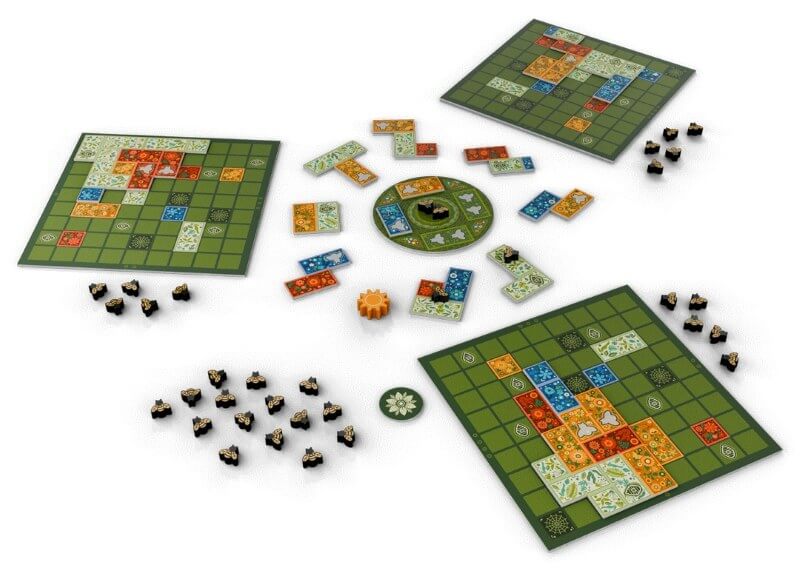
-

-

-

-

-

-

-

-

-

-

-

-

-

-

-

-

-

-

-

-

-

-

-

-

